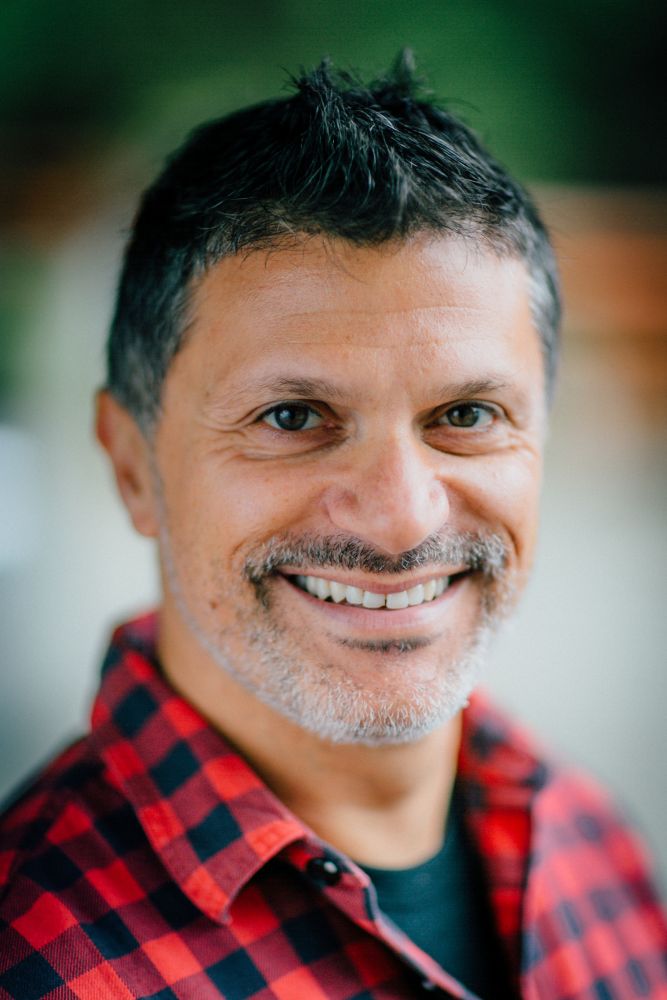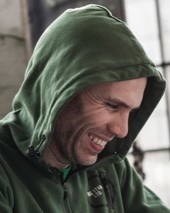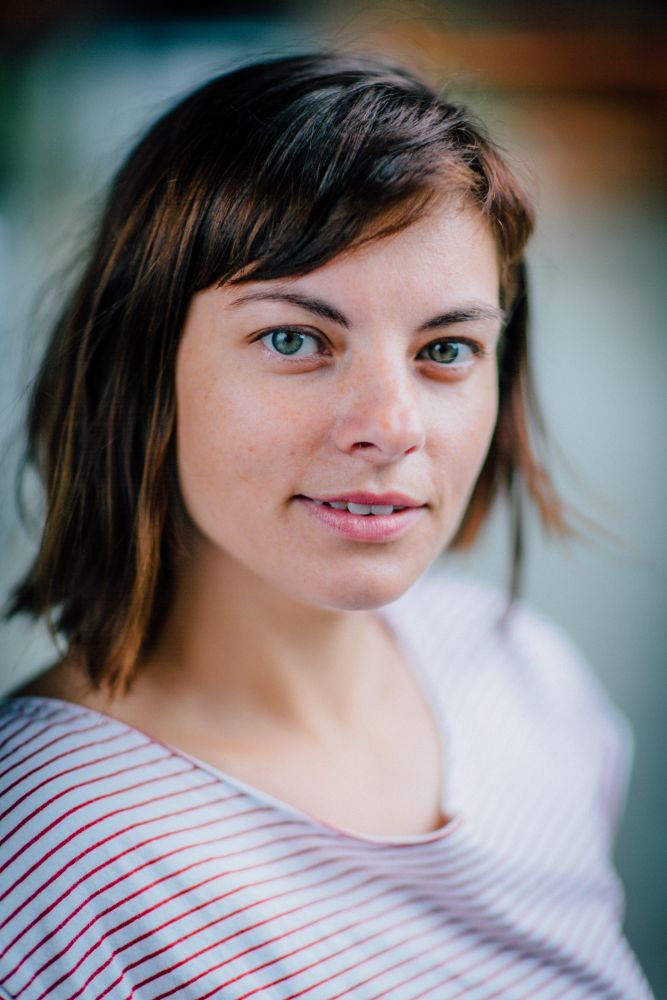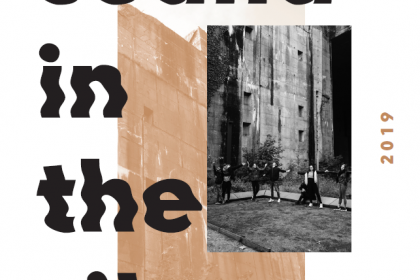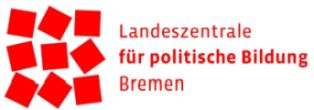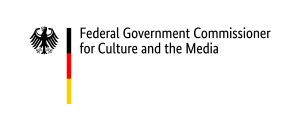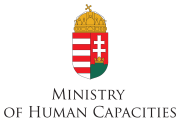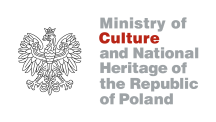Sound in the Silence is an interdisciplinary remembrance project aimed at encouraging high school students from around Europe to actively reflect on the difficult aspects of the 20th century history with the use of artistic means.
Each edition takes place in a carefully selected location. This year’s participants – 3 groups, 7 pupils and 1 teacher each – will travel to “Denkort Bunker Valentin” memorial in Bremen, Germany where they will explore the history of the former construction site of the Nazi Valentin submarine factory, with a special focus given to the topic of unfree labor.
Drawing on their reflections and emotional reactions to what they will come to learn there, young students will work together with professional artists to create a performance based on acting, dance, music and creative writing.
While the pupils learn about the site's past and work on the final performance, their teachers will take part in workshops on interdisciplinary ways of teaching history so as to exchange experiences with peers from different countries.





